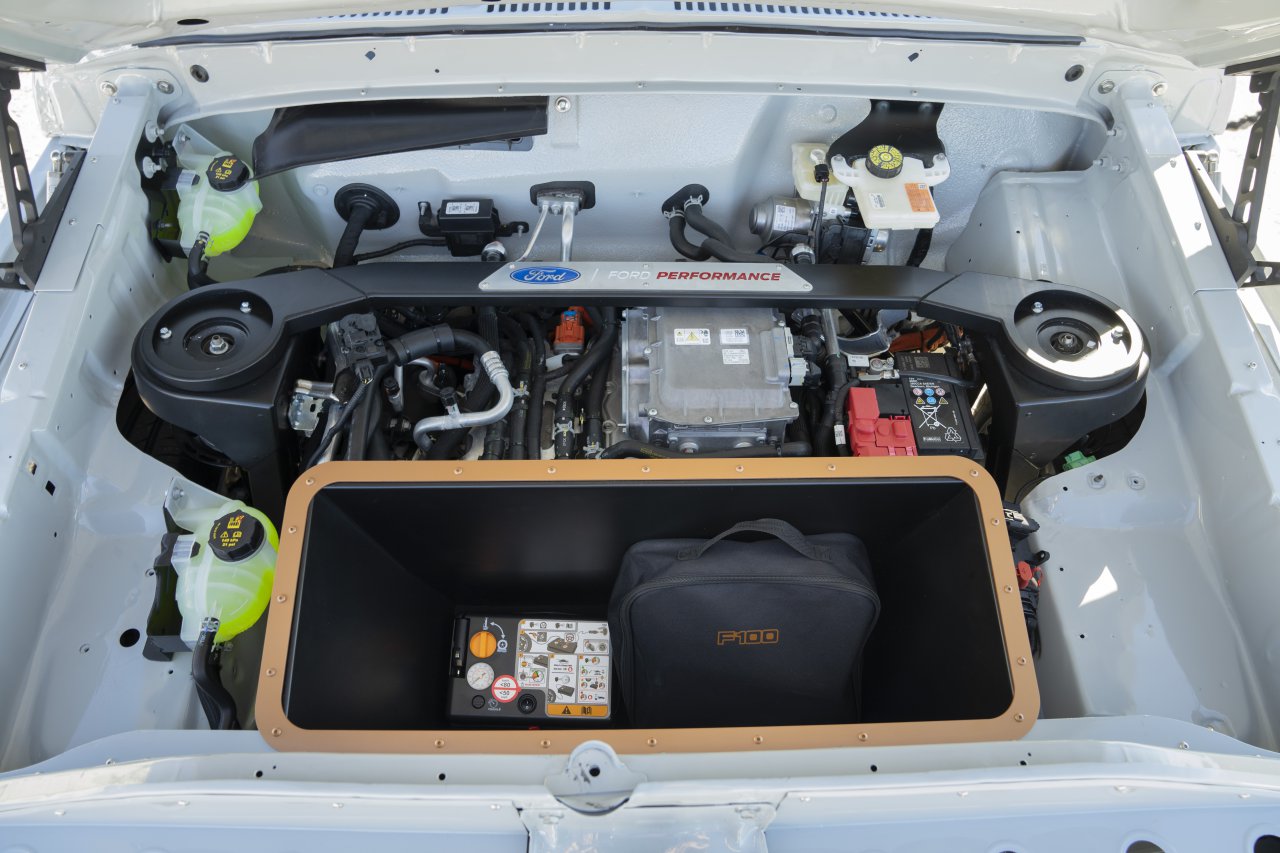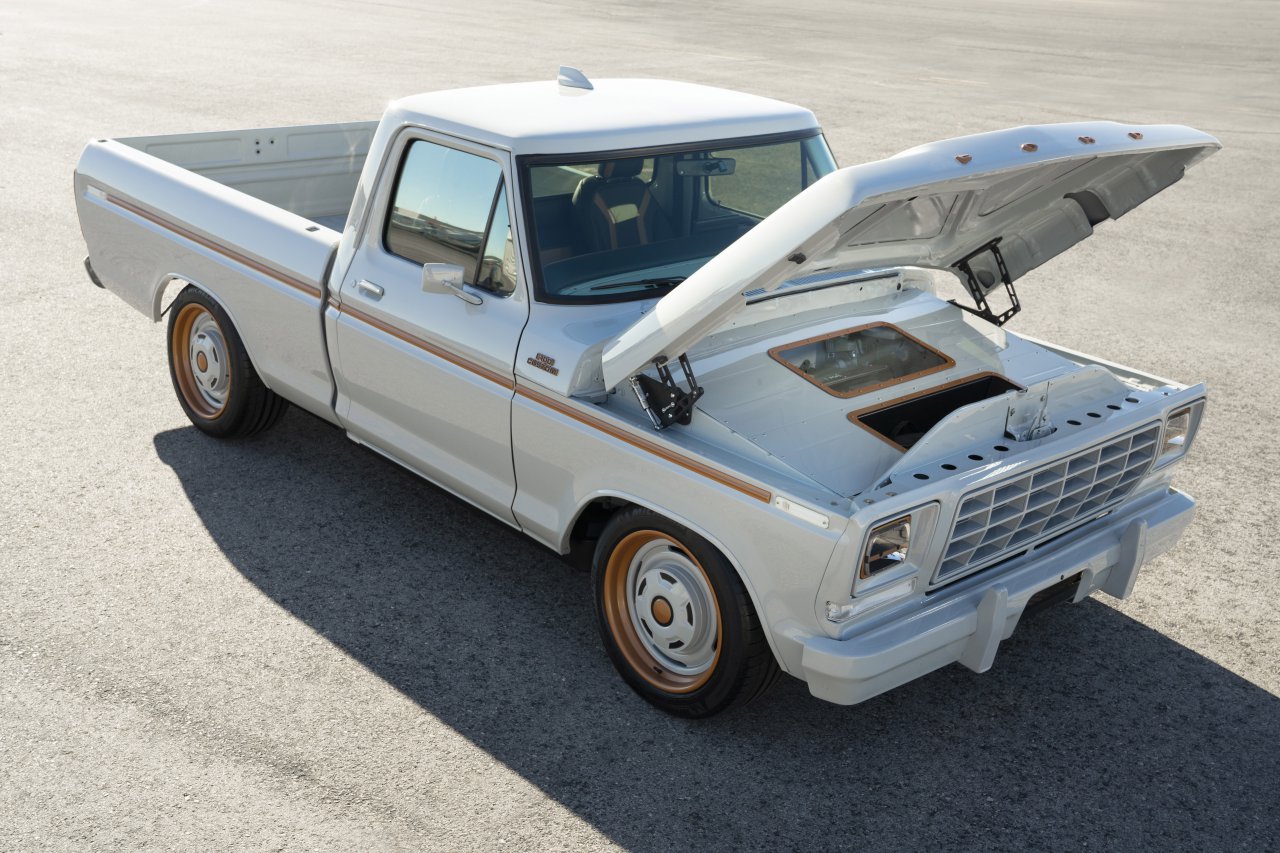(Editor’s note: To conclude our month-long series in October, 2021 on electrifying classic cars as a way to keep them viable in the face of any future legislation, ClassicCars.com hosted a panel presentation at the 2021 SEMA Show. Titled “Futureproofing Classic and Collector Cars: What you need to know.”
As SEMA explained to its members, the program offered “A look inside the conversion of classic and collector cars to electric power. Will the electro-mod become as common as the resto-mod and provide a new way to keep classics on the road in a petroleum-free world? This panel will feature some of the top pioneers of this growing segment.
The 57-minute video can be viewed on SEMA’s website. You don’t have to be a SEMA member to view, but you will be asked to fill out a registration form. In the meantime, we share some of what was shared by the panelists.)

Electrification is coming. Encouraged by legislation around the world, automakers are moving from internal-combustion engines to vehicles propelled by electric motors and batteries. But where does that leave our older and cherished vehicles? Will they still be allowed on the electrified roads in the future?
One futureproofing solution is electrifications, converting classic and collector cars to electric power. Some already are doing so, including some automakers themselves, Mini being the latest to set up a system under which owners of vintage Minis can have them converted right at the factory in England.
In many ways, electrification is the next step in a process that began with what we now recognize — and enjoy — as the resto-mod.
One of our SEMA panelists was Craig Jackson, chairman of Barrett-Jackson auctions and an early champion of resto-mods.
Jackson told the audience that he’s had people buy vintage vehicles at his company’s auctions, only to contact him later and complain about how those vehicles perform. At owner’s request, Jackson said he has driven several such vehicles and has reported to their owners that the car performs just like it did in 1970.
“It doesn’t stop. It doesn’t turn. It’s hard to start. It’s perfect!” he tells them.
That’s not the case with resto-mods, which are vintage vehicles but now equipped with modern powertrains and suspensions, seats and air conditioning, and Bluetooth. Such cars retain their vintage look, but underpin it with modern dynamic performance.
And there’s another benefit, panelists noted.
Oh, but first, let’s meet the panelists. In addition to Jackson, they were:
- David Pericak, Ford engineer who guided Ford racing, the development of the 2015 Mustang, and then the electric-powered Mustang Mach-E, was involved with the new Bronco and is platform director for future Ford EVs.
- Adam Roe, founder of Zero Labs Automotive, a conversion specialist, after an earlier career in software.
- Michael Bream, chief executive of EV West and a long-time racer, first in the low-budget 24 Hours of Lemons,and then doing electric race cars and setting a class record in the Pikes Peak Hill Climb.
- Marc Davis, chief executive of Moment Motor company, which lets him combine his passions for hot rods and classics with his work since engineering school on electrics and hybrid.
- Kirk Miller, who grew up in a racing family and is vice president of AEM Performance Electronics, which is developing control systems for EVs.

Electro-mod F-100 
Modifications include the cab
“People don’t realize how critical this movement is,” Miller pointed out, explaining that electrification offers tremendous dynamic performance — amazing and instantaneous torque — without any interference by the EPA and its concern over automotive emissions.
But there are benefits beyond rocket-like acceleration, the panelists noted. Although they can be fun to drive, aging cars leak at best and break down frequently at worst. They also are not very safe, but through the electro-mod process can be updated just like a resto-mod.
Miller mentioned trying to pull into freeway traffic in a vintage 35-horsepower Volkswagen bus. But it’s not merely a matter of the powertrain, panelists reminded. Roe said simply electrifying, say, an early Ford Bronco, is like putting “a rocket on a tricycle,” what with ball-bearing steering, unassisted brakes, etc.
That’s one reason why Zero Labs had created new chassis that can accept the coachwork and interiors from vintage vehicles, much as is happening in the resto-mod industry.
Panelists compared what’s happening now to the early days of hot rodding. Then was finding salvage parts; now the same thing is happening with electric motors from Teslas that have wrecked.
But that’s changing with companies such as Ford, which at the SEMA Show unveiled its Eluminator e-crate motor, the 634 pound-feet of torque powerplant from the Mustang Mach-E GT. And Pericak said Ford is working on full EV conversion kit, and it’s not the only automaker working on such a solution.
There also were discussions about electric-vehicle range, about the lack of loud exhaust sounds, and the complications involved in doing a conversion — “it’s not building a remote-control car kit,” Miller suggested.
But, Pericak noted, it is performance that is responsible.
For the full presentation, watch the video.






Absolutely Not. So tired of “woke liberal” thinking.
Agree with above. No electric motor will ever replace the visceral thrill of a hot cammed V8 idling at a stoplight. The Tesla Plaid borders on F1 acceleration, but who cares?
No comparison. Let the market control the outcome, not the government or it Big Tech minions. Let the people chose what they want. Go electric if you want, but do not take our freedoms.
Wow, first I’ve heard of this. Very exciting and progressive. Be interesting to see the cost in the future.
Germany is getting a little more than 50% of their energy from “renewables”. Their energy costs 3 times what it costs in the United States. So after you throw 40k in electrifying your car, you eventually won’t be able to afford to drive it as the electric will be too expensive. You could put a hitch on your 68 camaro and pull around a trailer with Solar panels and a converter so you can recharge your car every few miles.
Why do you care what people in Germany are doing? I doubt many 68 Camaros are being converted to electric in Germany! Electricity is $.12 KwH in Texas so sounds like a pretty good idea to me…
I live at Lake Tahoe in the summer. I can see a brown cloud hovering over Mt Rose during Hot August Nights week. I can only imagine what it would look like if half of those beautiful cars were electric?
Interesting ideas but the hype is pretty much what you’d expect from a panel who all have self-serving interests in the EV market.
Agenda driven and dangerous
Half the enjoyment is the sound, the gear selection, the machinery.
This should be resisted at every level; cruises, meetings, shows, lobbying, PACs
Since engine sound is “controlled” by driver’s pressure on the accelerator pedal, when will someone use the “wonderful” new technology to make an engine-sound-system for EVs ? I think I would really enjoy driving my 1976 Ford F-150 pickup truck restomodded as an EV with such sound effects . . .
why make this political? if it’s ok to put non-stock fuel engines in these cars, then why not other alternatives? Not saying I will go to electric (love my air cooled Corvair engine!). Relax guys, it’s OK for someone to move the cheese once in awhile..
Several years ago, I did a book on the development of the Chevrolet Volt. One of the engineers also had worked on the earlier GM EV1 project and told me that like all GM vehicles, the EV1 had to pass a back-and-forth drive program from the Milford Proving Grounds to Muskegon, Michigan, and back. But the EVs didn’t have that range, so the engineers added trailer hitches to their development cars and pulls along small trailers with Honda gas generators supplying electrical power so the cars could make the round trip.
Do you remember the turbine jet engines at the Indianapolis 500? All the noise they made was a wosh! This is an insane idea and would kill the concept of a collector car. Gasoline will never completely disappear!
Collector cars with electric motors? 1:1 scale die cast cars.
Electric cars are just transportation. Since no company or government wants to build nuclear power plants, where do we get the energy to charge these things? Here in Kalifornia we have “rolling brown outs”.
Guys…reality check. The world’s economy runs on petroleum!
The world changes just like cars have changed over time- just like anything else–Older folks have a more difficult time with Change-